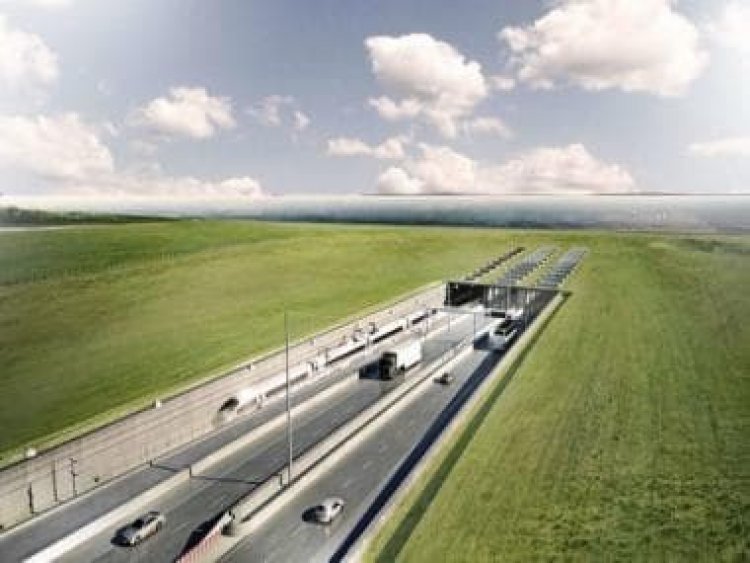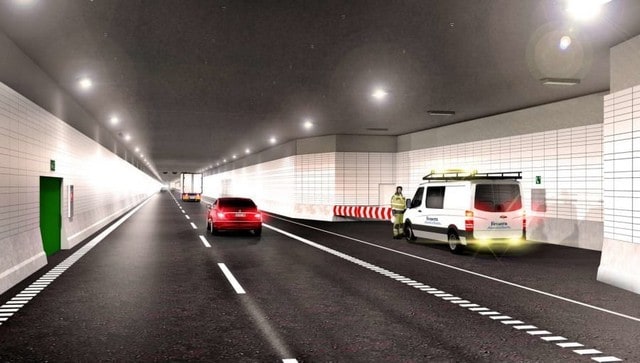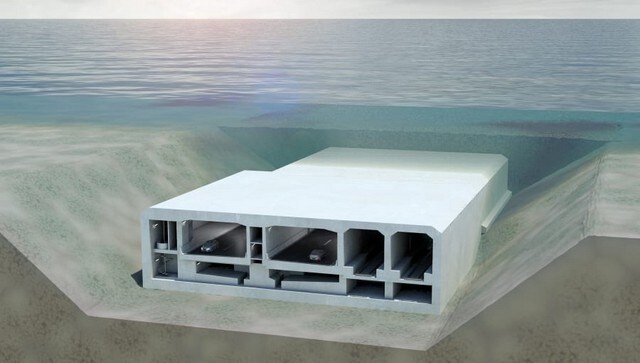Underwater Wonder: All about the world's longest immersed tunnel
Underwater Wonder: All about the world's longest immersed tunnel

It is going to be an architectural marvel. By 2029, the world’s longest immersed tunnel, which is being constructed between Denmark and Germany, 40 metres beneath the Baltic Sea, will be ready.
After planning the project for more than a decade, the construction of the Fehmarnbelt Tunnel started in 2020 and since then a temporary harbour has been completed on Denmark’s side.
Henrik Vincentsen, the chief executive officer (CEO) of Femern A/S, a state-owned Danish company that has taken charge of the project, said “The expectation is that the first production line will be ready around the end of the year, or beginning of next year. By the beginning of 2024, we have to be ready to immerse the first tunnel element,” as per a CNN report.
Let’s take a closer look at the details of the project.
Features of the project
The tunnel is one of Europe’s largest infrastructure projects and has a budget of over seven billion euros.

Though longer in length, Channel Tunnel that links England and France was built using a boring machine, while the Fehmarnbelt Tunnel is being built by immersing pre-built tunnel sections.
According to Tunnel Talk, the immersed tunnel solution will set new records in terms of dimensions. It will be the longest and one of the deepest tunnels to be ever built with a length of about 18 km and its foundation depths reaching more than 40 metres under the sea surface.
The tunnel will have four lanes for light and heavy motor vehicles.
The tunnel will be built across a strait called the Fehmarn Belt, between the German island of Fehmarn and the Danish Island of Lolland. It is being built as an alternative to the current ferry service which carries millions of passengers every year.
Fehmarnbelt Tunnel is expected to cut down travel time to just seven minutes via train and 10 minutes by car, as compared to a 45 minutes ferry ride.
Jens Ole Kaslund, the technical director at Femern A/S said that the tunnel will also benefit freight trucks and trains as it creates a land route between Sweden and Central Europe.
“But the biggest advantage will be the benefit for the climate. Faster passage of the Belt will make trains a strong challenger for air traffic, and cargo on electric trains is by far the best solution for the environment,” added Kaslund.
Apart from being the world’s longest immersed tunnel, it will also be the world’s longest combined road and rail tunnel.
2,500 people to construct the tunnel
With the construction of the temporary harbour on the Danish side finished, several other phases of the project are currently underway. Each section of the tunnel will be 217 metres long, 42 metres wide and nine metres tall.

According to a report by CNN, around 2,500 people have been employed to carry out the construction of the tunnel.
The Confederation of Danish Industry, which is one of Denmark’s largest business organisations, believes that the tunnel will be beneficial to businesses even beyond Denmark.
Environmentalists flag concerns
The project, which dates back to 2008 – the year when Germany and Denmark signed a treaty to build the tunnel – met with a number of obstacles before construction finally began in 2020.
The biggest concern is flagged by environmentalists who ask if the tunnel project even fulfils the European Commission’s green ambitions.
Malte Siegert, head of NABU, a German environmentalist organisation, said, “This is not only a road-rail project, but you also have four lanes for cars and trucks. And from what we understand, it’s not really a benefit for a change of transportation in Europe.”
With inputs from agencies
Read all the Latest News, Trending News, Cricket News, Bollywood News,
India News and Entertainment News here. Follow us on Facebook, Twitter and Instagram.
What's Your Reaction?

























































